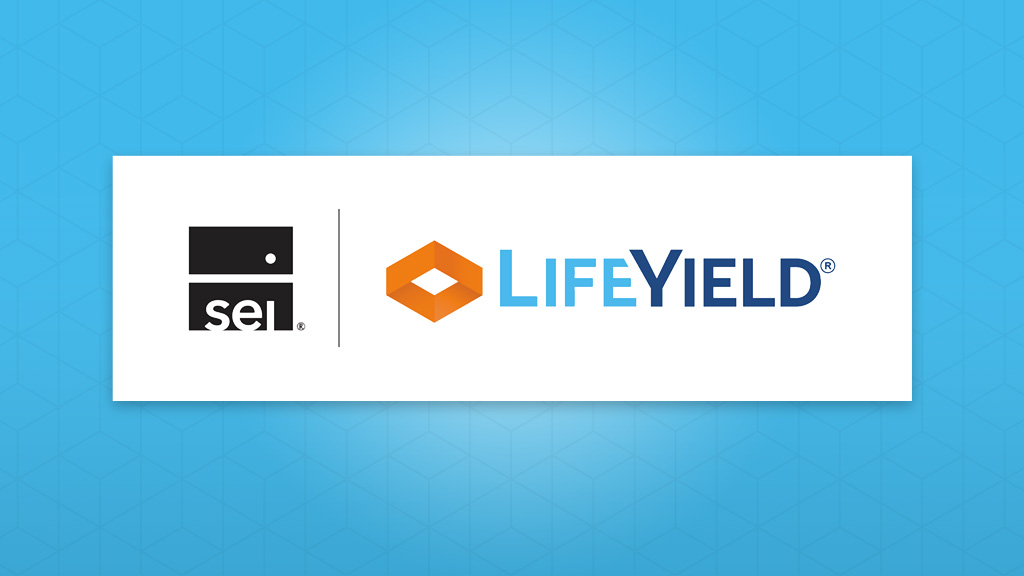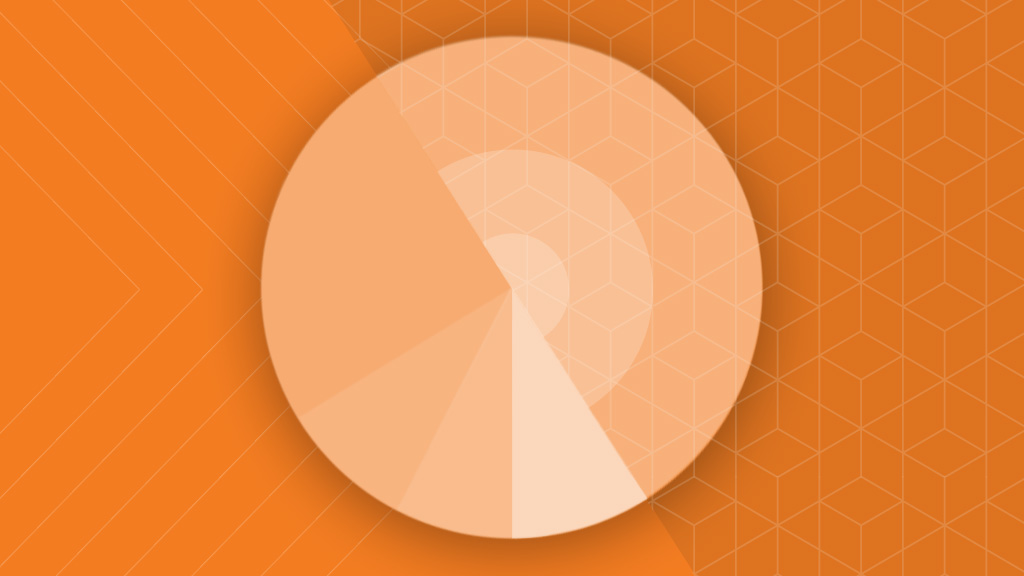Talk Tax Efficiency with Mutual Fund and ETF Investors

The slogan, “Tax the rich,” is popping up in memes, at demonstrations, and, infamously, on a ball gown at the 2021 Met Gala. “Invest for tax efficiency” sounds lackluster by comparison, and it’s unlikely you’ll see it on a T-shirt. But it’s what most investors are aiming for: Pay the least amount in taxes required by law.
Mutual funds and exchange-traded funds (ETFs) are popular investments among clients who want to benefit from market gains and from professional money management. But like all investors, those who hold mutual fund and ETFs shares want tax efficiency out of their investments.
The LifeYield suite allows advisors to scan an investor’s – or, ideally, a unified management household (UMH) – portfolio to identify the most tax efficient placement for most types of investments, including mutual funds and ETFs. They do this while maintaining the asset allocation guided by the household members’ risk tolerance, ages, and horizons for retirement.
LifeYield tools, available as application programming interfaces (APIs) for wealth-tech platforms, help advisors see that their clients accumulate wealth while they are investing, have more income to enjoy in retirement, and pay less over the years in taxes.
Let’s look more closely at the role of tax efficiency specifically in mutual fund and ETF investing – and how a UMH approach helps advisors improve results for their clients.
The Role of Tax Efficiency in Investing
Advisors work to structure investments so that they are as tax efficient as possible. They do this by scanning a household’s accounts and investments and evaluating if those investments are in accounts that will yield the highest tax efficiency.
- Taxable accounts include traditional brokerage accounts holding securities like stocks, bonds, ETFs, and mutual funds. The dividends and interest earned from these accounts are taxable, as are any capital gains realized by selling investments that have increased in value.
- Tax-deferred accounts are one type of tax-advantaged accounts. Tax-deferred accounts include 401(k) plans, individual retirement accounts (IRAs), 403(b) plans, health savings accounts (HSAs), and others.
- Tax-exempt accounts are the second type of tax-advantaged account. They include Roth IRAs, Roth 401(k)s, and other accounts in which investors pay income taxes on the money they use to fund the accounts.
Investors in tax-deferred accounts can deposit earnings (up to limits) without paying taxes on their earnings or their returns. The money is taxed on withdrawal, usually to fund retirement expenses, at ordinary income rates.
The advantage of tax-exempt accounts is that investors do not pay income tax or capital gains on the returns when they withdraw funds.
HSAs have an exception from other tax-deferred accounts: Investors do not pay taxes when they withdraw money to pay qualified medical expenses.
Investors can hold mutual funds and ETFs in taxable or tax-advantaged accounts. Choosing which investments to hold in which accounts can have quite an effect over time on how much an investor pays in taxes. Asset location is the name for the process of choosing the right investments for each type of account to maximize tax efficiency.
Second Cousins: Mutual Funds and ETFs
Mutual funds and ETFs are popular options that help investors save for retirement and other financial goals. Mutual funds and ETFs have many similarities – and some key differences. Some of the features they share are:
- Mutual funds and ETFs are investment companies registered with the Securities and Exchange Commission (SEC).
- Both offer investors a way to pool money in professionally managed funds that invest in assets like stocks and bonds.
- ETFs and mutual funds help investors achieve diversification with their investments.
- Investments in mutual funds and ETFs are affordable for investors and are relatively liquid.
In other ways, mutual funds and ETFs diverge.
Buying and Selling Mutual Funds and ETFs
| Mutual funds | ETFs |
|---|---|
| Investors buy mutual fund shares through the fund itself or a financial intermediary (a broker). Investors can sell shares back to the fund. | Retail investors can buy and sell ETFs only in market transactions. Unlike mutual funds, ETFs do not sell shares directly to or redeem them from retail investors. |
Pricing of Mutual Funds and ETFs
| Mutual funds | ETFs |
|---|---|
| Investors buy and sell mutual fund shares at the net asset value (NAV) per share, minus any applicable fees and charges. Calculations for NAV are done at the end of each trading day. | Retail investors can buy and sell ETFs only in market transactions. Unlike mutual funds, ETFs do not sell shares directly to or redeem them from retail investors. |
Fees and Expenses in Mutual Funds and ETFs
| Mutual funds | ETFs |
|---|---|
| Fees may be charged directly to mutual fund investors in connection with transactions like buying, selling, or exchanging shares, or on a periodic basis. | ETFs generally do not charge fees directly to investors in connection with the purchase or sales of ETF shares. Fees may include broker commissions connected to purchase or sale of shares. |
How to Maximize the Tax Efficiency of a Mutual Fund
Mutual funds are not naturally tax efficient. To receive the maximum tax efficiency of a mutual fund, an investor needs to look at dividend disbursements and capital gains.
- Dividend disbursements happen when assets in a mutual fund earn dividends or interest.
- Capital gains occur when a mutual fund manager sells securities that have increased in value.
Capital gains may be short- or long-term, with long-term gains taxed at lower rates than short-term gains.
Many – but not all – states tax capital gains. Evaluating a household’s tax liability includes understanding its income tax bracket, filing status, state of residence, and in what type of account taxable or disadvantaged – the assets are held in.
Unless, of course, you are taking advantage of the wealthtech tools your firm has assembled.
Firms and Advisors Turn to UMH Tools for Tax Efficiency and More
For a long time, financial services companies have developed accounts and products to meet the needs of increasingly sophisticated investors. Two of those types of accounts – separately management accounts (SMAs) and unified managed accounts (UMAs) sought to raise the bar in portfolio management.
Separately managed accounts (SMAs) use one asset allocation to drive the holdings in the account – like 60/40 stocks to bonds. SMAs appeal to investors who want the benefit of customized portfolio management not available from mutual funds.
UMAs are managed accounts that include multiple types of investments, including mutual funds, ETFs, and SMAs, among others.
UMH, by contrast, is not an account but a standard for wealth management. LifeYield UMH tools are available today to advisors in major firms and independents to help maximize returns, manage risk, and promote tax efficiency. They include solutions for:
- Asset Location – to measure the tax efficiency of an account, quantifying it, and offering guidance on how it can be made more efficient.
- Multi-Account Rebalancing – incorporates multi-account tax harvesting and automated asset location optimization into a firm’s rebalancing software.
- Tax-Smart Withdrawals – shows how to execute the most tax-optimized withdrawals from multiple accounts by selling mislocated assets, minimizing drift, and identifying opportunities to harvest losses.
- Tax Harvesting – scans all taxable and non-taxable accounts, instantly identifying opportunities to harvest gains or losses, depending on the need of the client household.
- Social Security+ – identify the optimal filing strategy for each investment client and use Income Layers to visually demonstrate different scenarios to transition to retirement income.
In the past, striving for maximum tax efficiency took deep knowledge of tax laws, spreadsheet calculations, and an element of, “Trust me. I do this for a living.”
Today, technology means an advisor can make the last statement with greater confidence and demonstrate to clients their potential tax savings from an advisor’s desktop.
Monthly insights from our Chief Growth Officer, Jack Sharry
Get exclusive insights and interviews from around the industry

 By
By 




